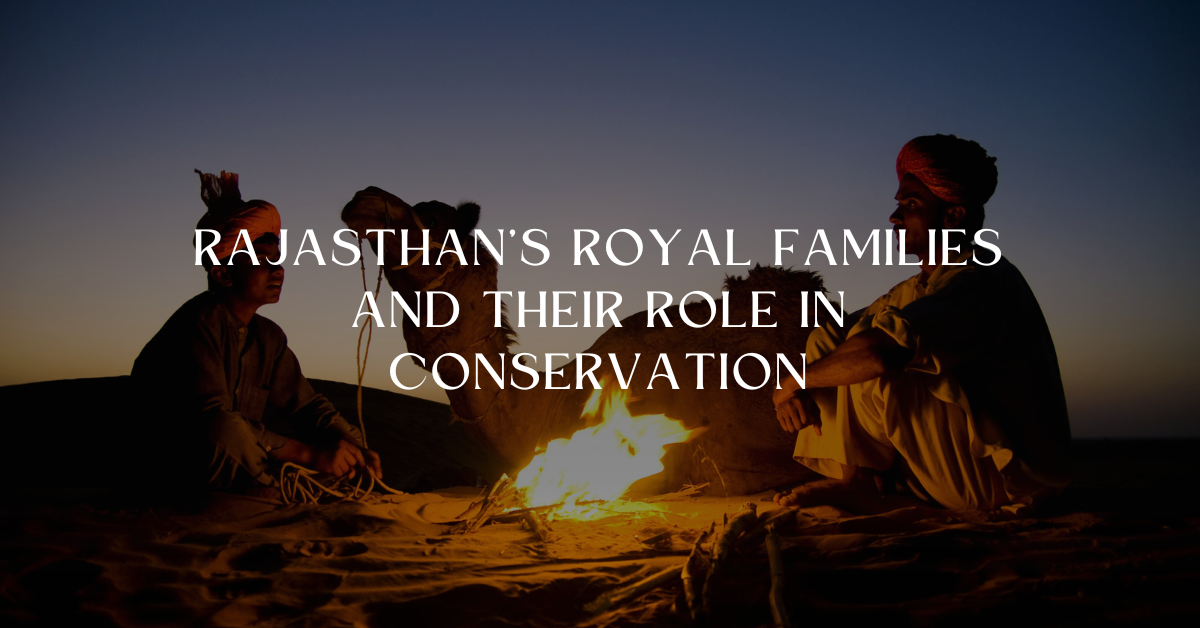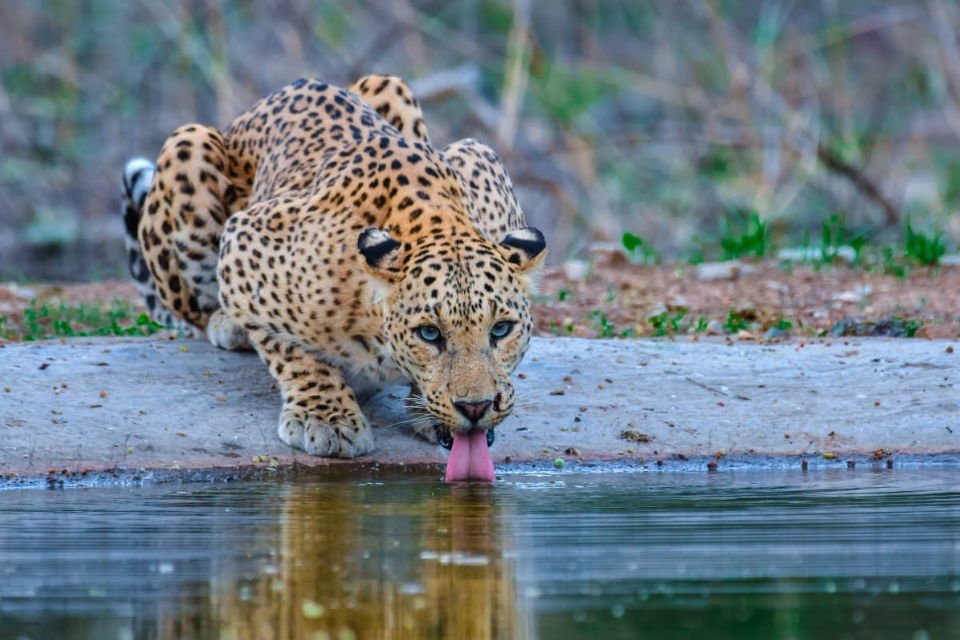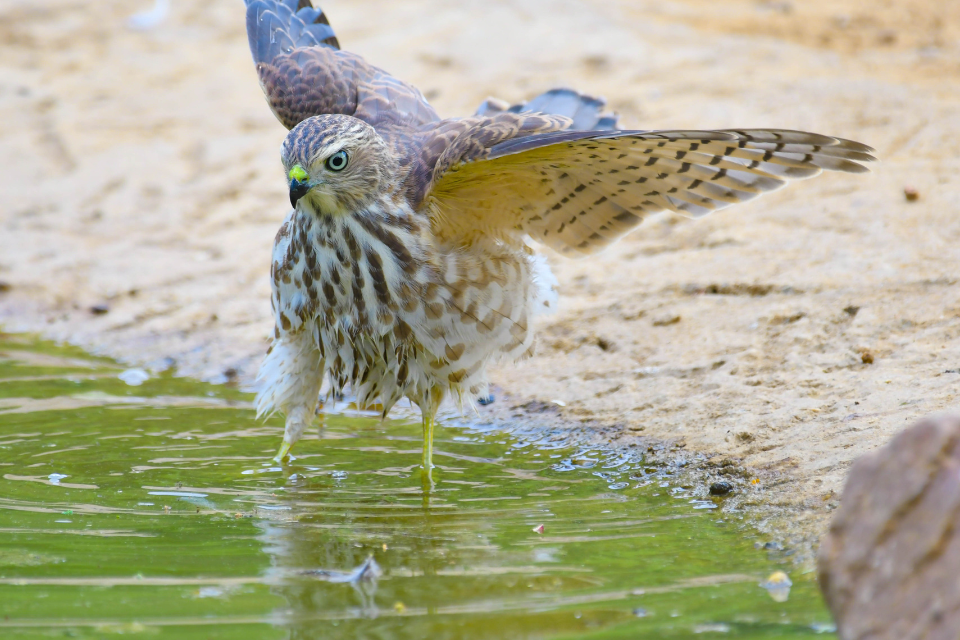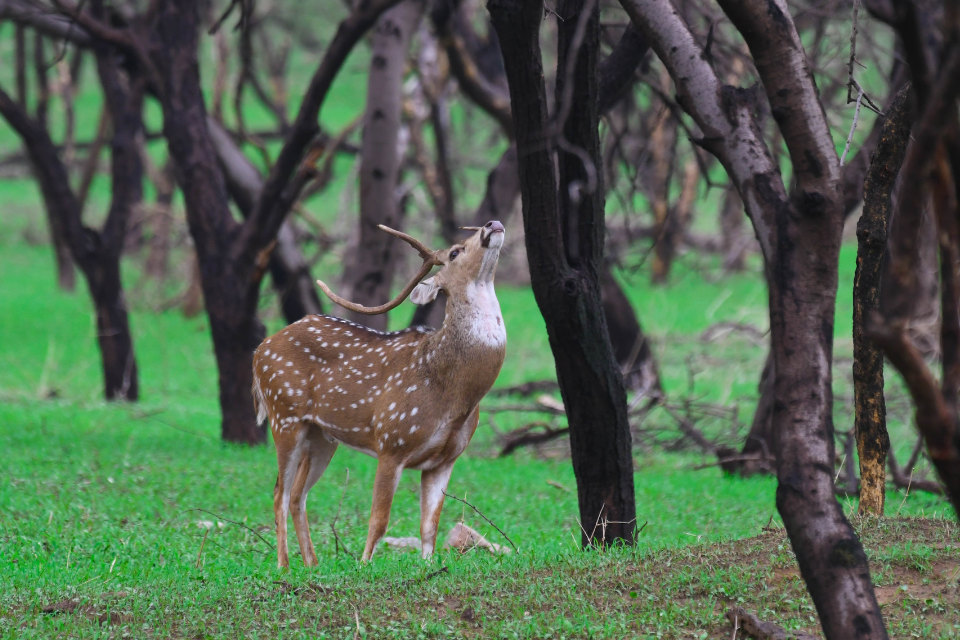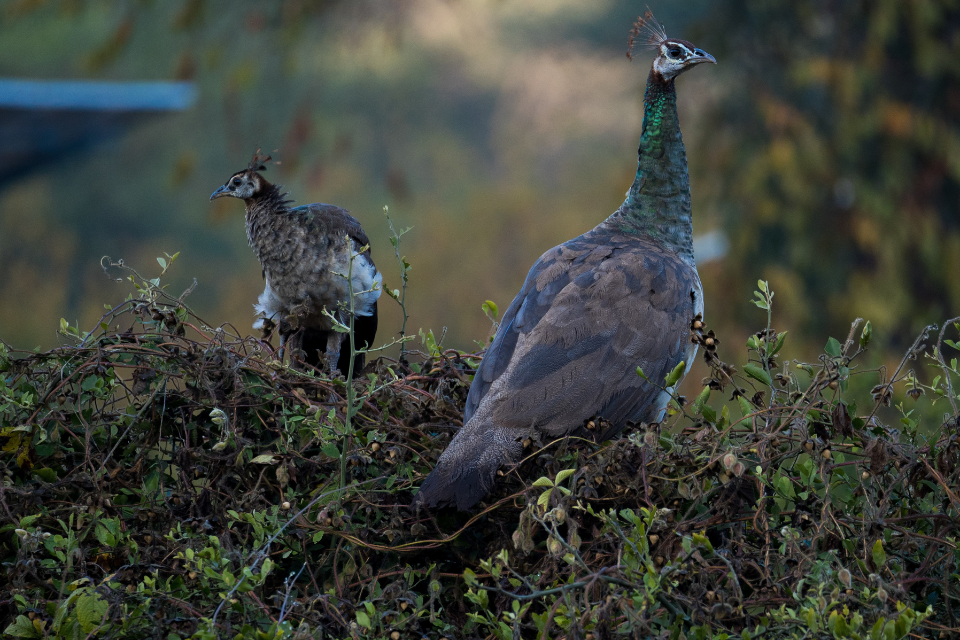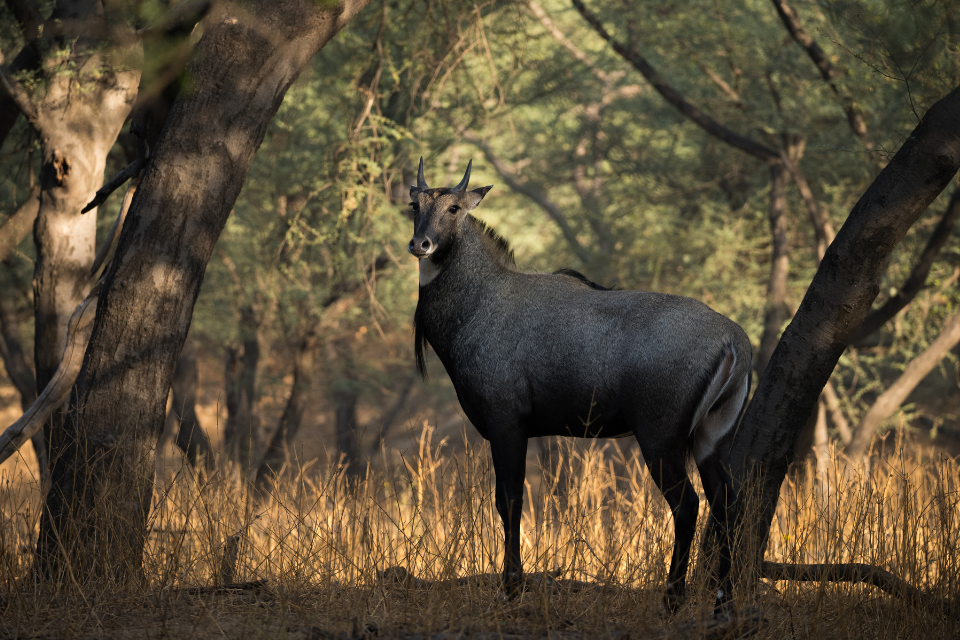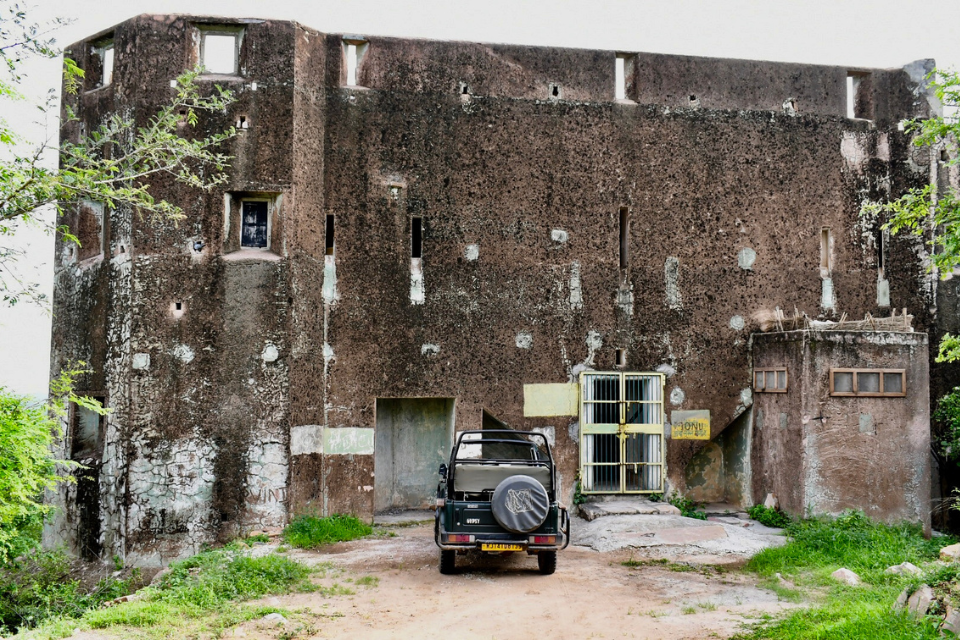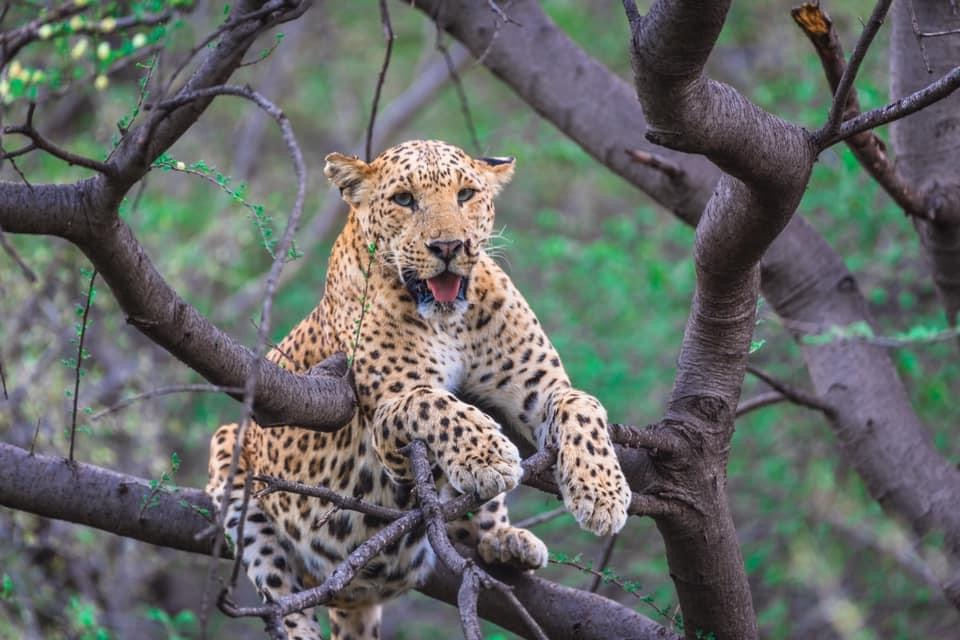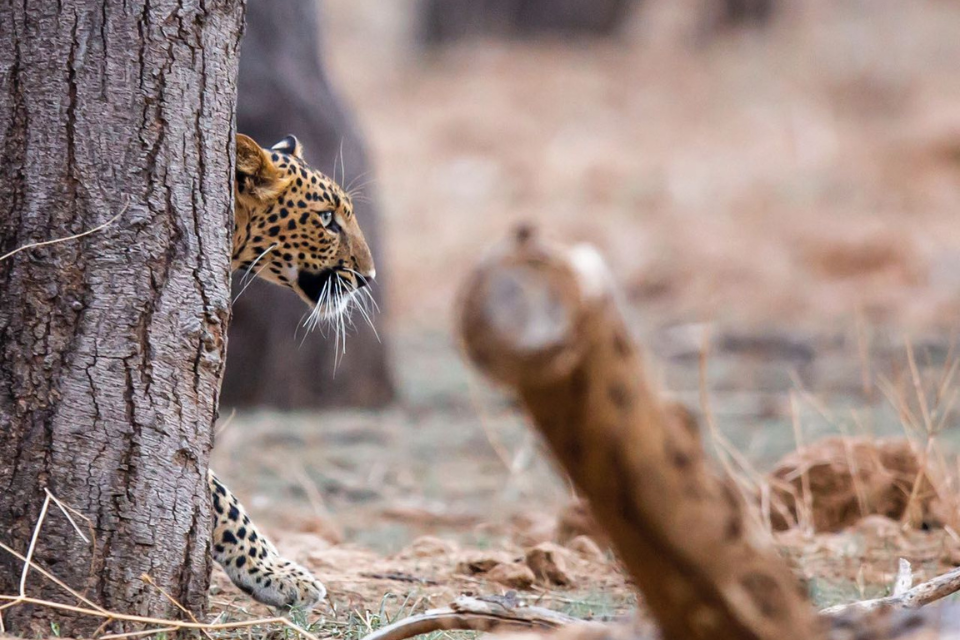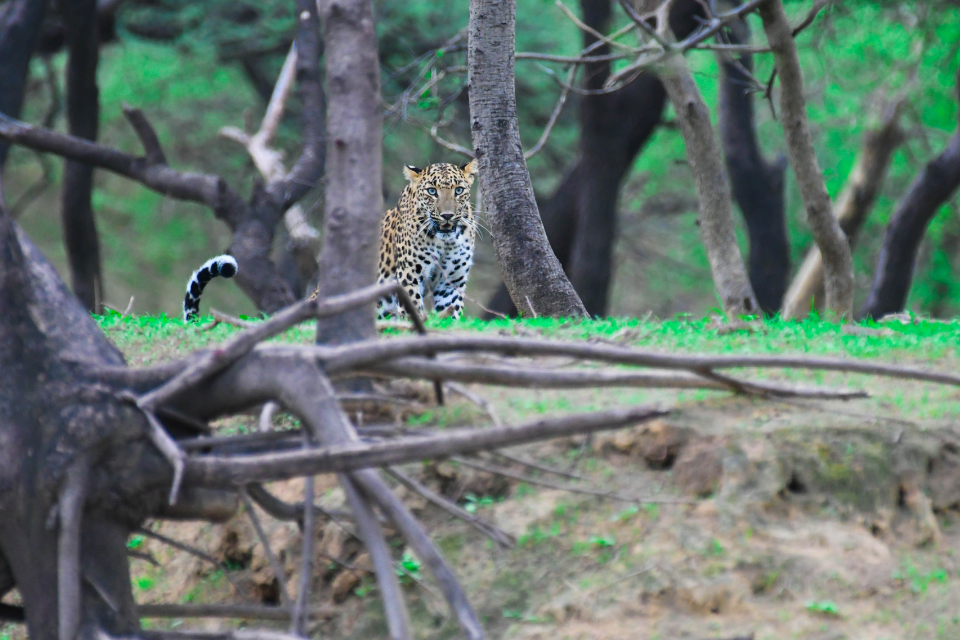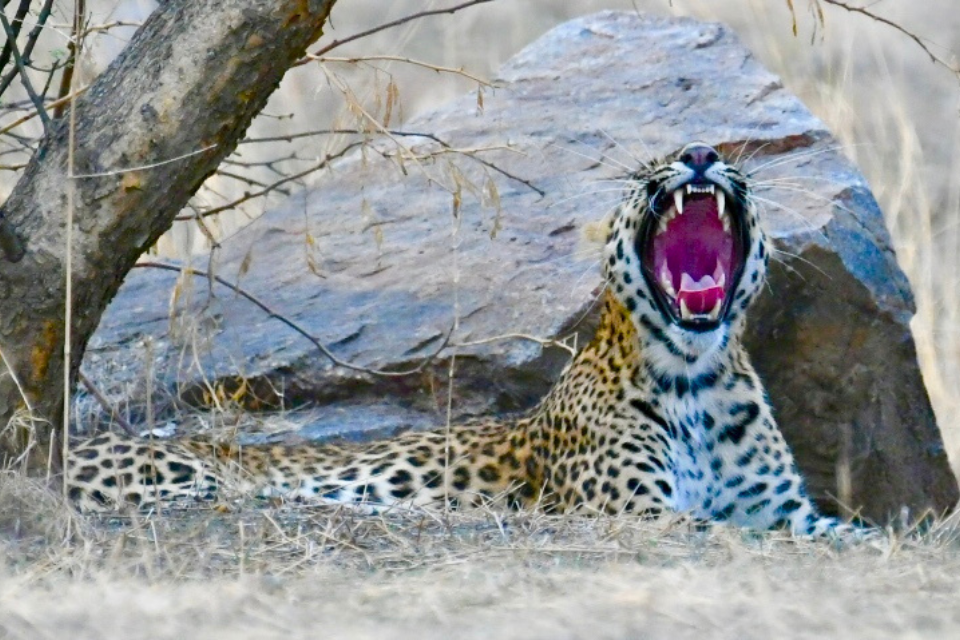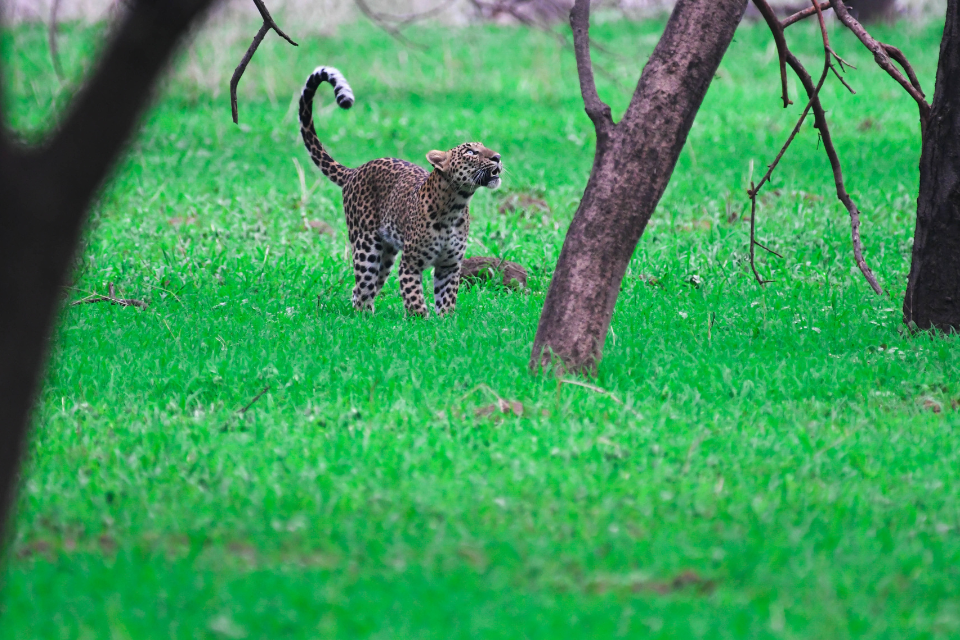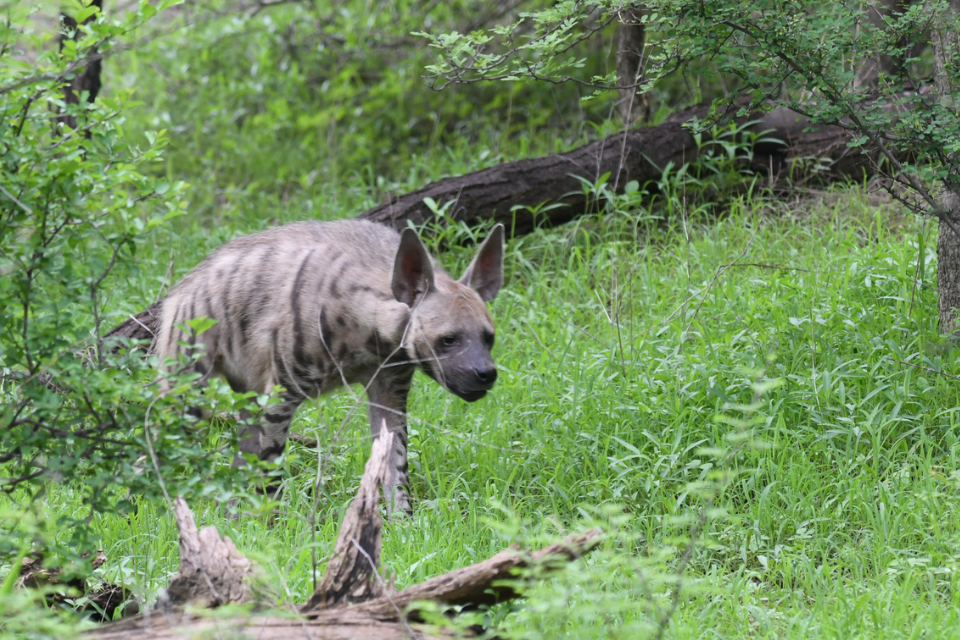- March 29, 2025
Rajasthan’s Royal Families and Their Role in Conservation
Rajasthan, known for its majestic forts, grand palaces, and warrior kings, has a history deeply connected to its wildlife and forests. For centuries, the royal families of Rajasthan were not just rulers but also custodians of nature, balancing hunting traditions with conservation efforts.
While many Maharajas indulged in big-game hunting, several progressive rulers later transformed their hunting reserves into wildlife sanctuaries, setting the foundation for modern conservation in Rajasthan. Today, many royal descendants actively participate in preserving Rajasthan’s wildlife, supporting national parks, eco-tourism, and habitat restoration projects.
Let’s explore the historical role of Rajasthan’s royals in wildlife conservation, their past hunting practices, and how they are shaping the future of conservation today.
- The Era of Royal Game Reserves (Pre-1947) – Hunting & Protection
Before India’s independence in 1947, Rajasthan’s forests, grasslands, and wetlands were owned by royal families, who controlled access to wildlife.
✔ Hunting was a symbol of power, and Maharajas organized grand shikar (hunting) expeditions for British officials.
✔ Many forests were declared “Royal Game Reserves,” where only the nobility could hunt.
✔ Despite hunting, royals restricted outsiders from excessive poaching, unintentionally preserving Rajasthan’s biodiversity.
🚀 Fact: Some of Rajasthan’s richest wildlife areas today were once private hunting reserves of royal families.
Famous Hunting Grounds of Rajasthan’s Royals
🏹 Royal Estate | 📍 Modern Wildlife Reserve | 🐅 Notable Wildlife |
Ranthambore (Jaipur Royals) | Ranthambore National Park | Tigers, leopards, sloth bears |
Sariska (Alwar Royals) | Sariska Tiger Reserve | Tigers, hyenas, jungle cats |
Bharatpur (Jat Rulers) | Keoladeo National Park | Migratory birds, Siberian Cranes |
Dungarpur & Banswara (Mewar Royals) | Sitamata Wildlife Sanctuary | Sloth bears, leopards, antelopes |
🚀 Shocking Fact: The Maharaja of Jaipur, Sawai Man Singh II, once invited British dignitaries for a tiger hunt where over 300 tigers were shot in a decade!
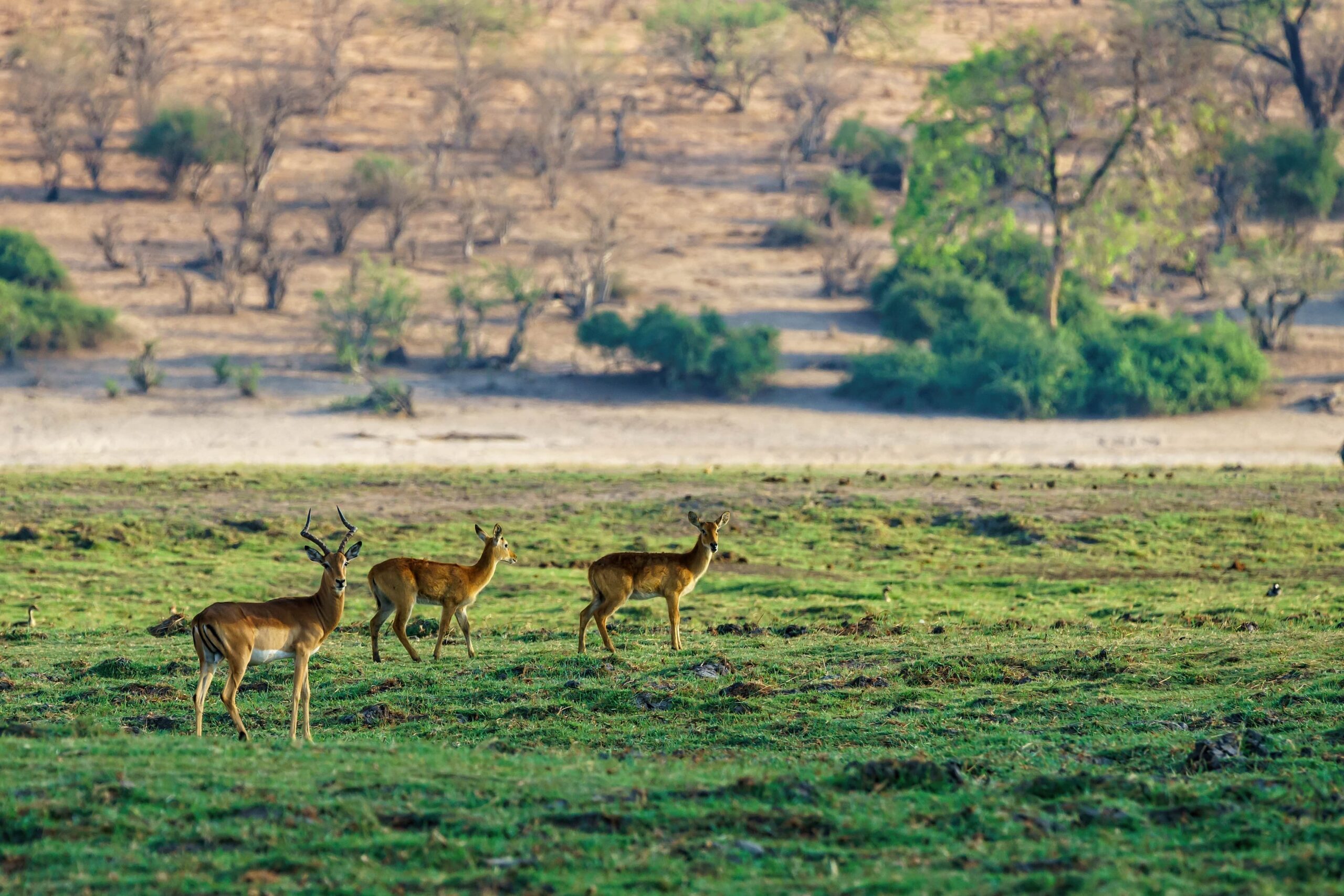
- The Shift Towards Conservation (1950s–1980s) – The Royals Become Protectors
After India gained independence, the royal families lost their official power, but many still retained large forested estates. Seeing the rapid decline of wildlife due to unregulated hunting and deforestation, several former royals became conservationists.
🐅 Key Conservation Actions Taken by Rajasthan’s Royals
✔ Jaipur Royal Family (Ranthambore) – Helped turn their former hunting ground into Ranthambore National Park under Project Tiger (1973).
✔ Alwar Royals (Sariska) – Allowed their forests to be converted into Sariska Tiger Reserve to save Rajasthan’s last tigers.
✔ Bharatpur Jat Royals (Keoladeo) – Banned hunting in their wetlands, later making it India’s first UNESCO-listed bird sanctuary.
🚀 Success Story: The Maharajas of Bharatpur stopped the annual duck hunting festival, leading to Keoladeo becoming a world-famous bird reserve.
- The Role of Rajasthan’s Royals in Modern Conservation (1990s–Present)
Despite losing political control, Rajasthan’s royal families still influence conservation efforts through eco-tourism, wildlife awareness campaigns, and park funding.
🏰 A. Royal Heritage Hotels & Eco-Tourism
✔ Many palaces have been converted into luxury wildlife resorts, promoting responsible tourism.
✔ Guests are educated about tiger conservation, birdwatching, and local flora & fauna.
🚀 Example: Nahargarh Ranthambore, a palace-turned-eco-resort, actively funds Ranthambore’s tiger conservation programs.
🌿 B. Royal Support for Wildlife Reserves
✔ Royal families continue to support conservation projects by donating land and funding forest management.
✔ Many serve on boards of wildlife trusts and work closely with forest departments.
🚀 Example: The Mewar royal family has backed conservation efforts in Sitamata Wildlife Sanctuary, protecting leopards and sloth bears.
🐆 C. Jhalana Leopard Reserve – A Royal Contribution to Urban Conservation
✔ Jhalana, once a hunting reserve of Jaipur’s royal family, was transformed into India’s first urban leopard reserve.
✔ Today, it is a model for urban wildlife conservation, proving that leopards and cities can coexist.
🚀 Fact: The royal family of Jaipur promoted conservation in Jhalana, leading to a major rise in eco-tourism and leopard sightings.
- Challenges & Future Conservation Efforts by Rajasthan’s Royals
Despite progress, Rajasthan’s wildlife still faces major threats:
⚠️ A. Habitat Loss Due to Expanding Cities & Highways
❌ Forests once owned by royals are now being cleared for development.
❌ Wildlife corridors between reserves are shrinking, leading to tiger-leopard conflicts.
🚀 Solution: Royals are advocating for eco-sensitive zones around national parks to reduce human-wildlife conflict.
⚠️ B. Poaching & Illegal Wildlife Trade
❌ Poaching of leopards and antelopes continues despite strong laws.
❌ Great Indian Bustard populations have fallen to fewer than 150 due to habitat destruction.
🚀 Solution: Royals have supported community-based conservation, like the Bishnoi tribe’s protection of blackbucks.
⚠️ C. Climate Change & Water Shortages
❌ Rajasthan’s rising temperatures are drying up lakes and waterholes, affecting Keoladeo’s bird population.
❌ Desertification is threatening species like the Desert Fox and Caracal.
🚀 Solution: Royals are funding water conservation projects inside wildlife reserves to help animals survive droughts.
- The Future of Rajasthan’s Royal Role in Conservation
✔ Rajasthan’s royal families have evolved from hunters to conservationists, playing a crucial role in saving tigers, leopards, and birds.
✔ Many continue to invest in eco-tourism and heritage conservation, ensuring that wildlife protection remains a priority.
🚀 What’s Next?
✅ Expansion of wildlife corridors between Ranthambore, Sariska & Kumbhalgarh.
✅ Strengthening laws against poaching and illegal animal trade.
✅ Establishing private conservation areas within royal estates for rare species like Caracals and Wolves.
🌍 Final Thought: Rajasthan’s wildlife owes much of its survival to the vision of its royal families. By balancing heritage, conservation, and modern eco-tourism, they are ensuring that Rajasthan remains a land of thriving wildlife for generations to come.
🔍 What do you think about Rajasthan’s royal contribution to conservation?
Disclaimer All images used in this blog are either sourced from public domain or credited to their respective owners. If you are the copyright holder of any image and wish to request its removal or proper attribution, please contact us at [email protected]
